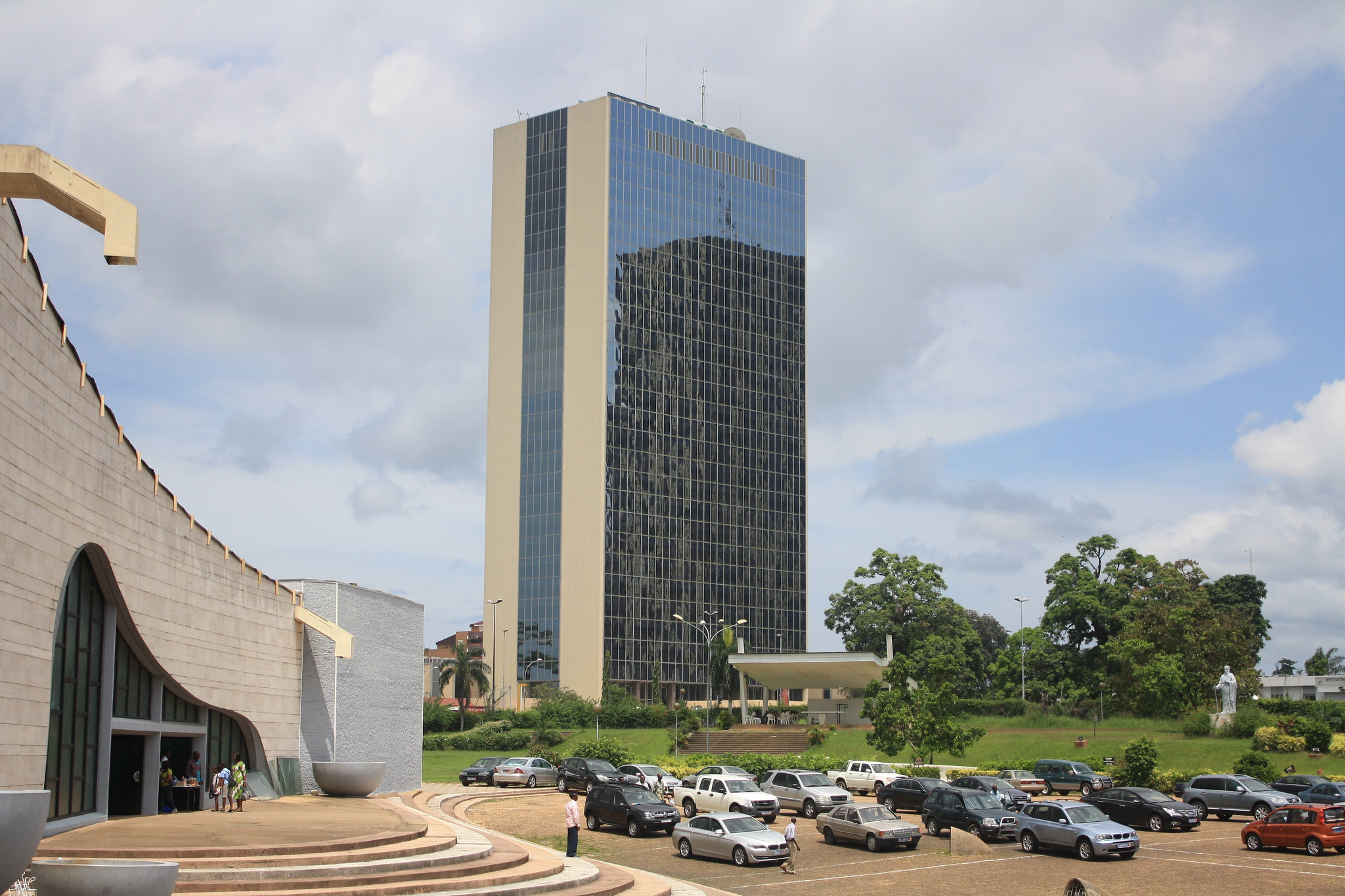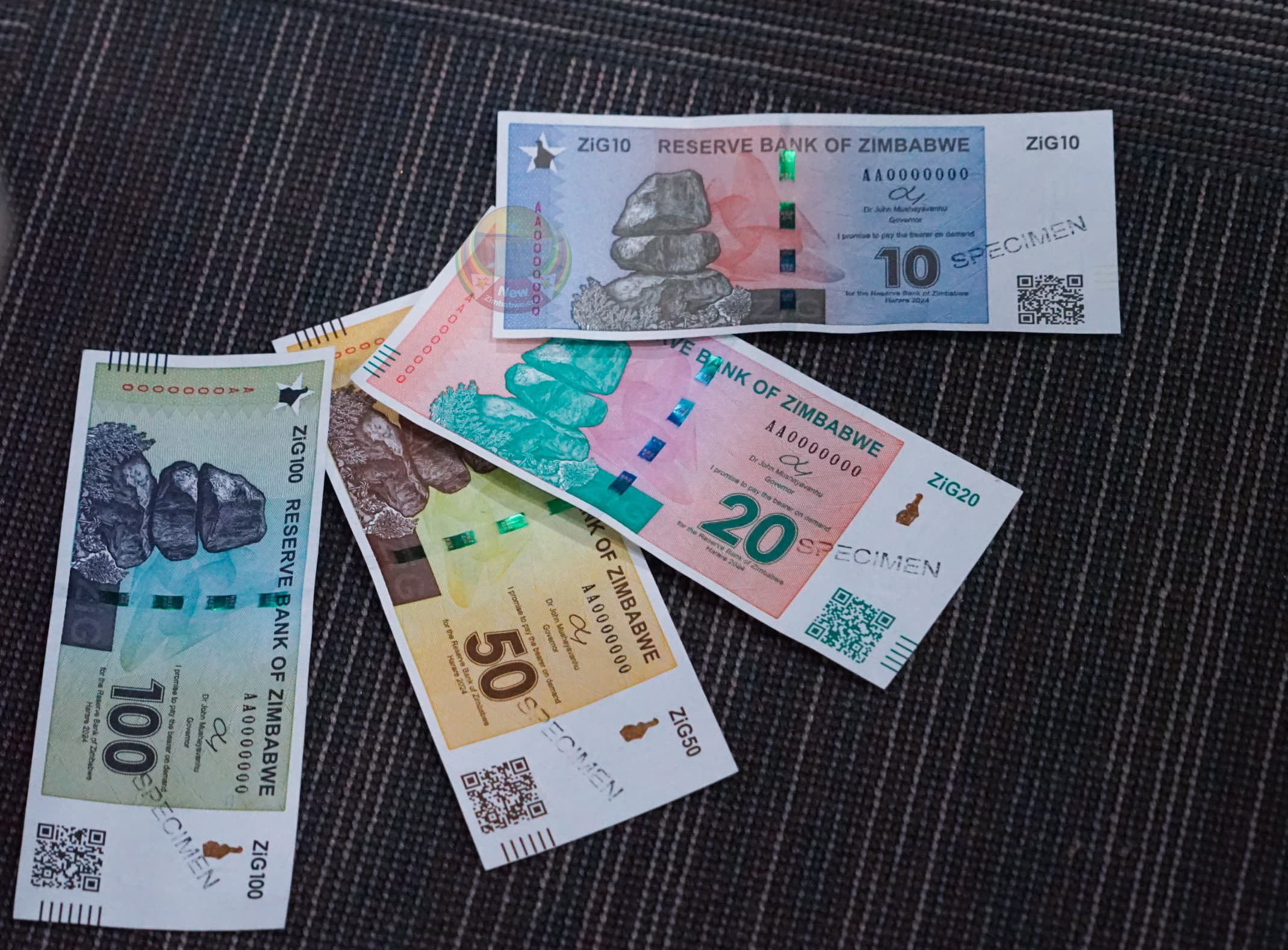Inflation slow down to anchor growth: ZNCC
The current trend of inflation slowdown, if sustained, could consolidate economic gains
achieved so far and anchor the growth of the economy in the short to medium term,
business leaders and analysts have said.
Following the announcement of a raft of measures by the Government to tame runaway
inflation and exchange rate, the economy has in recent months witnessed stability while
prices for most basic goods have dropped, at the same time the exchange rates are nearer
to convergence.
According to the Zimbabwe National Statistics Agency, annual inflation slowed to 268,8
percent in October from 285 percent in September 2022, while month-on-month
inflation has been on a downward spiral over the past four months to 3,2 percent in
October.
Month-on-month inflation levels have come down from a peak of 30,7 percent in June
2022, the highest level reached on account of then rising parallel market exchange rate,
which was driven by increases in the money supply.
Part of the Government’s intervention measures were aimed at instilling discipline and
curbing speculative behaviour, targeting the exchange rate volatility and developments
in the broader macroeconomy.
In addition, the central bank on its part hiked the bank policy rates from 80 percent to
200 percent in June this year, aimed at reducing speculative borrowing and stabilising
the exchange rate.
Moreover, the central bank introduced gold coins as an alternative investment, helping
to mop up excess liquidity in the market.
Zimbabwe National Chamber of Commerce (ZNCC) chief executive Mr Chris Mugaga said
the downward spiral in inflation was a sign of stability in the economy.
“When inflation is going down, you can’t deny that it’s a sign of stabilisation, but
obviously, you look at stabilisation from a medium to long-term perspective rather than
short-term.
“If you look at the third quarter of the year, it has been characterised by a sustained
decline in inflation, stability of the exchange rate and the 200 percent interest rate as
defined through the bank rate by the central bank,” he said.
Mr Mugaga said the trend can be maintained into next year if authorities continue with
measures to stabilise the economy.
Securities and Exchange Commission of Zimbabwe (SecZim) chief executive Mr Anymore
Taruvinga said it was essential to highlight that the Government’s desire was to contain
inflation and a runaway exchange rate.
“Therefore, on inflation, the desire is not to go back to 2008 levels at the same time
maintain the exchange rate particularly on the parallel market
“So these are the two elements the government is trying to control. Despite the pressure,
until inflation and exchange rate stabilizes, it will be difficult to move away from the
measures,” he said.
Mr Taruvinga noted that the exchange rate has stabilized and the gap between the
parallel and formal rate has dropped to between 20 to 30 percent, from the highs of 130
percent.
“So there has been some form of convergence and month on month has been going
down, so in short those are the gains the economy has witnessed and should be
maintained for the long run,” he said.
On his part, economist Mr Prosper Chitambara said that stability has provided
sustainability to the economy by enhancing both consumer confidence as well as
business confidence.
“As a result, business is in a better shape because of the stability and consumer
confidence has been positive,” he said.
He said in the short to medium term, the gains are important for the sustainability of the
economy as business confidence is critical to growing the economy.
“When inflation is increasing, it creates uncertainty in the economy and that affects
business and consumers, therefore we need to sustain this for the long run,” said Mr
Chitambara.
Conglomerate, Innscor Africa said in response to the unfolding inflationary pressures,
several monetary policy interventions, particularly in respect of local currency interest
rates and money-supply management, were introduced at the end of the financial year
under review, and despite the resultant short-term softening of consumer demand, these
interventions have, for now, achieved the desired result of stabilising the local trading
environment.
The company said it encourages the authorities to “stay the course” and remove the
remaining legal and practical distortions in the area of corporate taxation.
Zimbabwe’s economic growth is riding on the back of the National Development Strategy
1 (NDS1), which is a Government’s five-year economic management master plan through
to year 2025, with focus on building, expanding and restoring infrastructure and implies
the second phase of the road to Vision 2030, whose goal is to achieve accelerated
inclusive, socio-economic growth through social transformation.-The Herald











